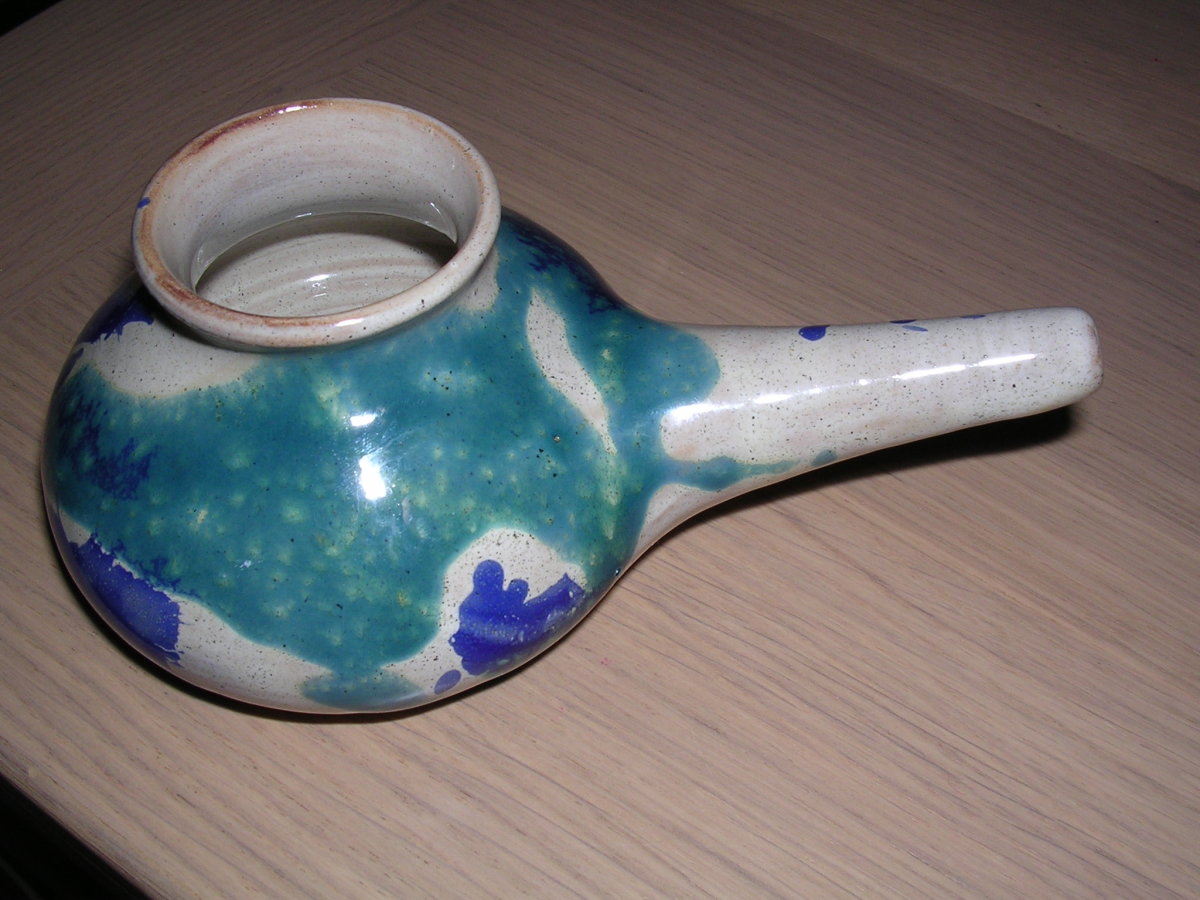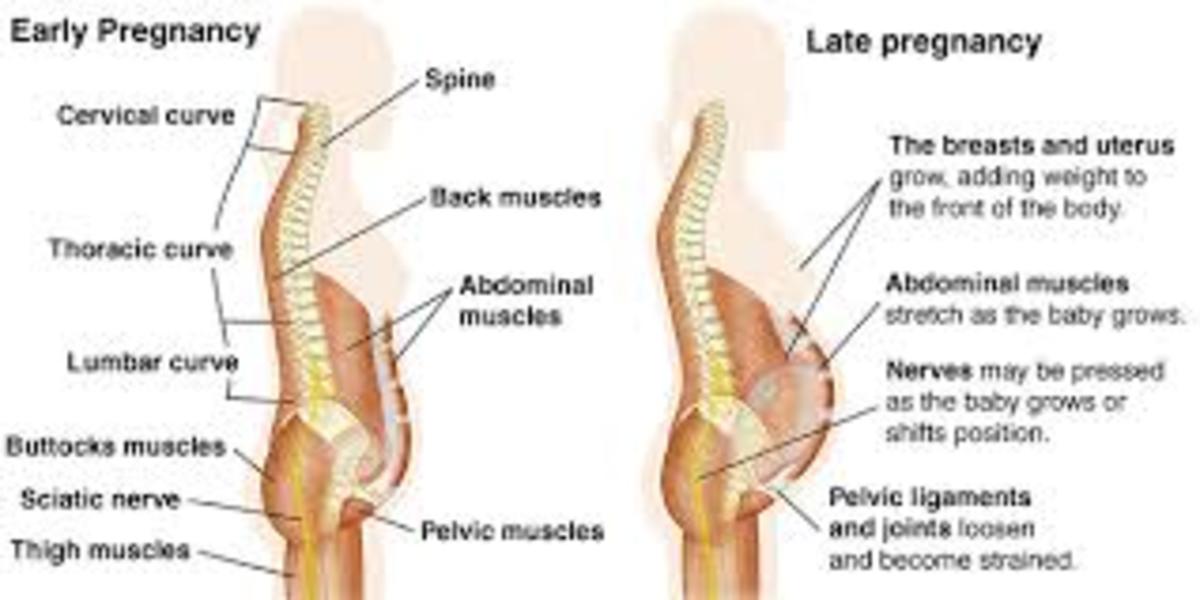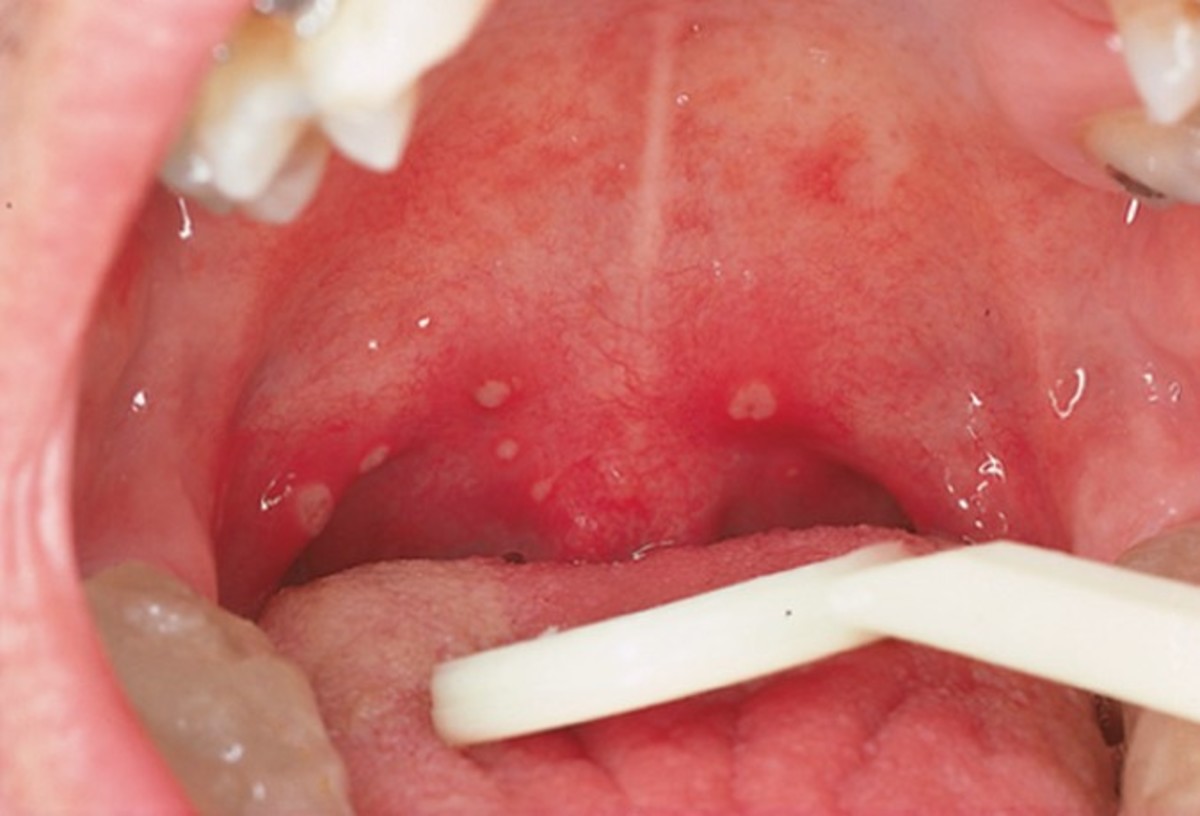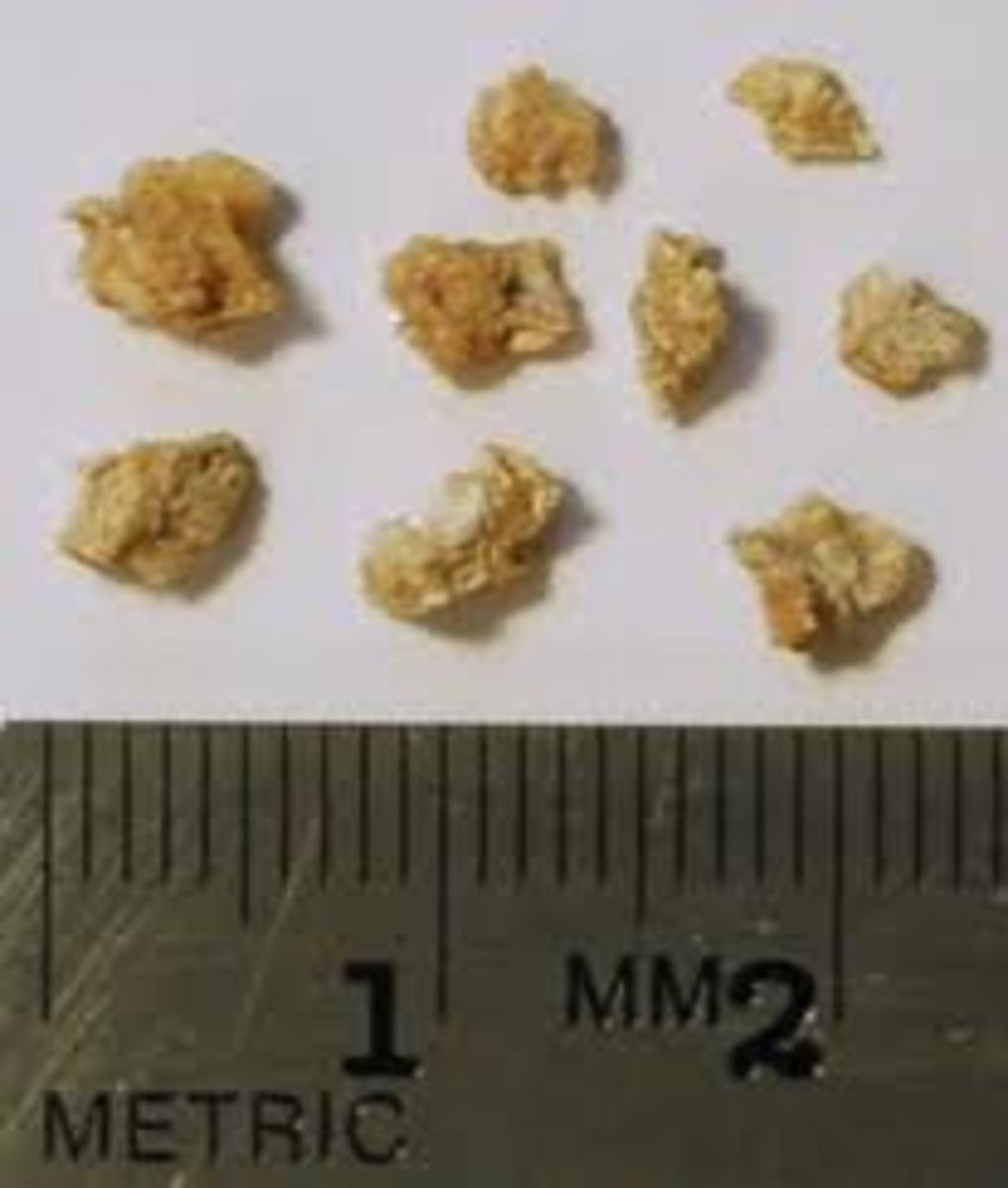The Most Common Cause Of Back Pain and Treatment
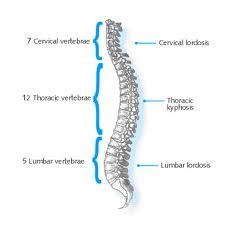
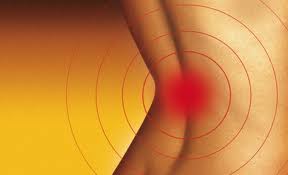
Next to headaches, back pain is the most common neurological pain for which patients seek medical attention.
Most adults at some time in their lives will suffer back pain, serious enough to cause significant discomfort that will interfere with work and daily life. Some back pain will just be an inconvenience that will pass in a few days. However, If you suffer sudden, severe back pain, you should see your physician immediately. Only your doctor, who understands your general health and other problems you may have, is qualified to decide on the best course of treatment for your particular problem.
Some general information may be valuable to have.
Back pain is most commonly caused by injury. Injuries to the back may be a result of falling or tripping. Improper lifting techniques such as twisting of the spine or a simple blow to the head can also cause back injury. Often overuse of the back can result in pain especially if it is accompanied by improper posture, when standing, walking, sitting, or even sleeping. A bulging or so-called slipped disk can cause pain as it presses against the nerve.
There are factors that may make you more prone to develop back pain. These include a family history of back problems, being a women who has born children, being a male in middle age, and or anyone having a previously benign abnormality such as minor scoliosis. You may also be more prone to back pain if you are overweight, inactive, smoke, sit for long periods of time or take medications that contain corticosteroids which can weaken the bones.
Fortunately much back pain will disappear on its own. Even the pain of a slipped disk may disappear over time as the disk is reabsorbed. If the pain remains for more than four days, even if it is not severe, it would be wise to visit your family doctor. He will make a decision regarding the need for anything further than simple home treatment.
Here are some suggestions to treat pain that is not considered serious.
Remain active and return to your normal activities as soon as possible, even if you may have to limit or modify some movements. Do not do anything that aggravates the pain.
Although you may feel like lying in bed all day, this is unwise and may even delay your recovery. Get up and move about as much as possible.
Ice your back for the first few days after the onset of the pain. This should be done every four hours and the ice pack should remain in place for no longer than twenty minutes. Ice will help reduce any swelling, and alleviate the pain.
Once you have finished with the ice, you can begin to use a heating pad to loosen up the muscles. Set the heat on low. Some practitioners recommend alternating the heat and cold. Before you try this, speak to your physician.
Gentle massage which does not increase the pain, may help with circulation as well as mild pain.
Avoid any sudden movements or turns. Twisting may have caused the injury and could certainly worsen it.
You may find over-the-counter pain medications are useful. Speak to your doctor or at least your pharmacist to find the one that is best for you. You must consider what other medications you take before adding a new one.
As soon as you feel that the pain has lessened, you can begin some gentle exercises. Walking is excellent but must be done only on level surfaces until strength returns.
Pelvic tilts done slowly and smoothly are excellent for a recovering back or any back. To do a pelvic tilt, you must lie flat on your back on a firm surface (the floor is best) with your knees bent and your feet flat. Slowly tighten your stomach muscles and press your lower back into the floor. Hold the position briefly and then return to normal. Repeat several times a day. Only do this exercise if it is comfortable for you.
There is a lot you can do that will prevent back injury, and back pain.
Maintain a normal weight. If you are overweight, the best thing you can do for your back as well as for your knees, and other joints, is to shed those extra pounds.
Exercises such as walking, swimming and biking help strengthen the muscles in your lower back. A recumbent bike is the best choice for those with back problems.
Increase the flexibility in your back, hips, and legs. This can be done by following a routine of stretching. Ask your doctor to advise you where best to learn this routine. Physiotherapist are an excellent choice.
Build your core strength and the strength of your stomach and back muscles. Again, a Physiotherapist can help you here. One visit may be all that is needed.
Sleep on a firm mattress and use a relatively thin pillow so your neck is in proper alignment.
Sit and stand straight. Choose chairs that give some support and if you must sit for long periods, put one foot (alternately) on a small stool or box relieve the strain on your back.
Learn to lift properly. Face the object you are to lift, bend your knees and keep your back straight. Hold what you are lifting close to your body. Lift and then turn around with your load. Never lift and turn at the same time. Get help if the load is heavy.
Stop smoking. Smoking damages your immune system and slows healing.
You only have one back. Take care of it now and it will carry you safely through life.

